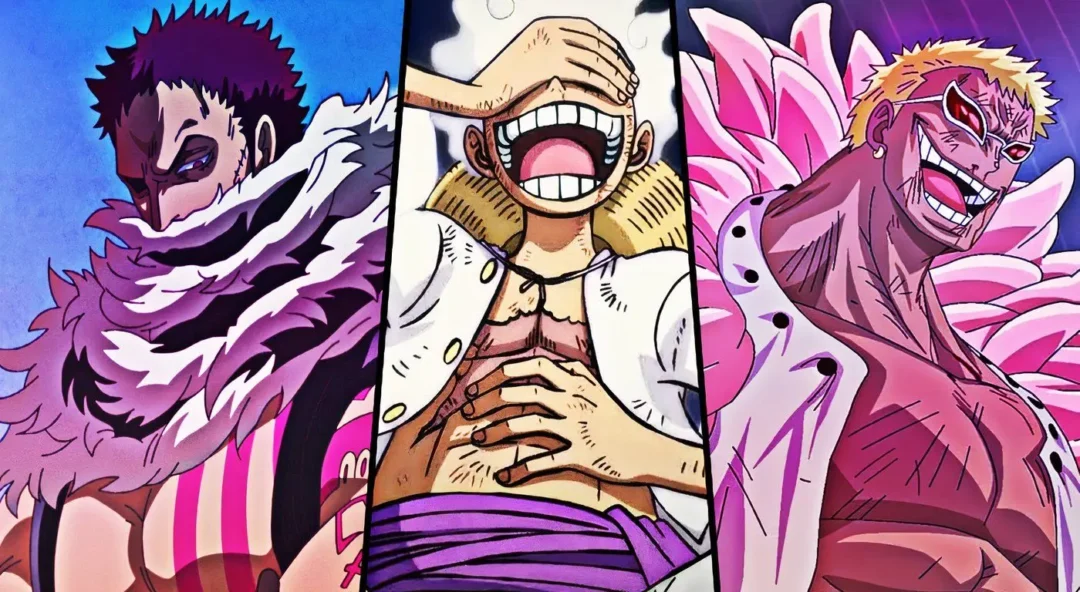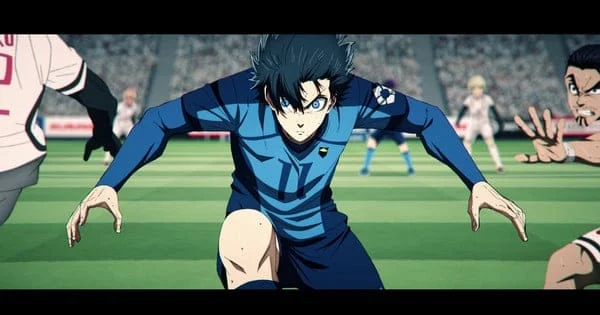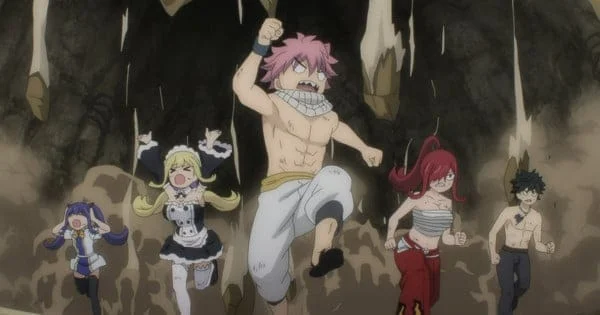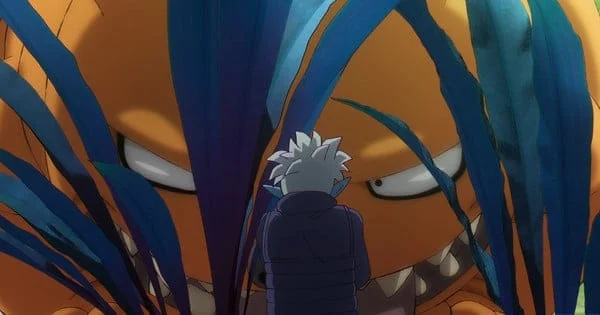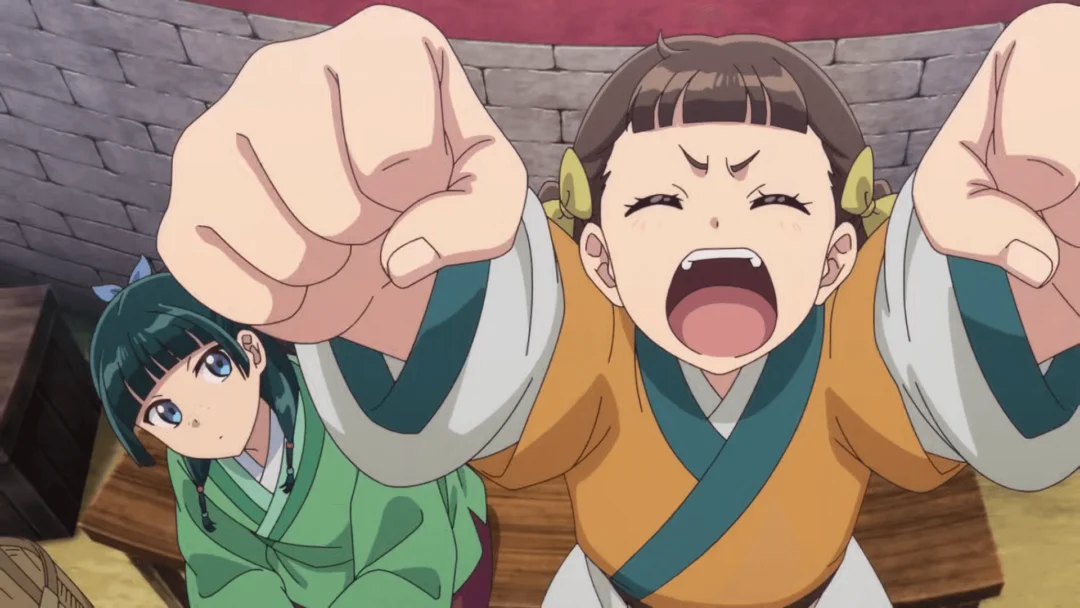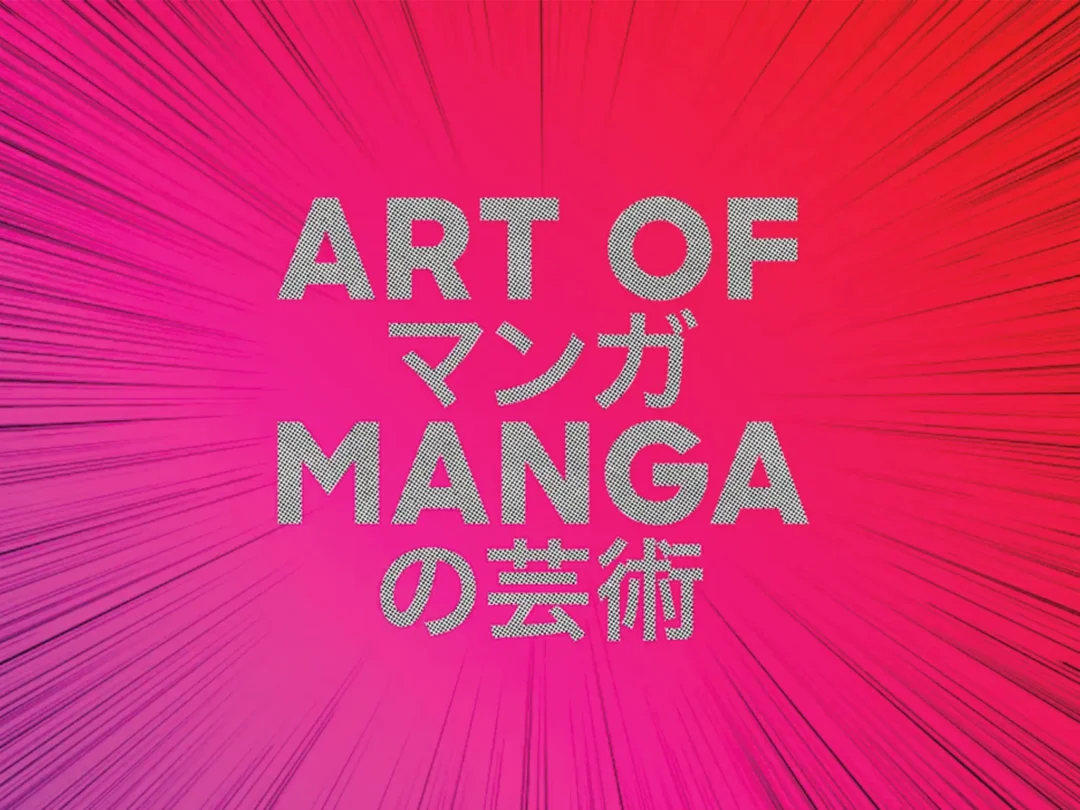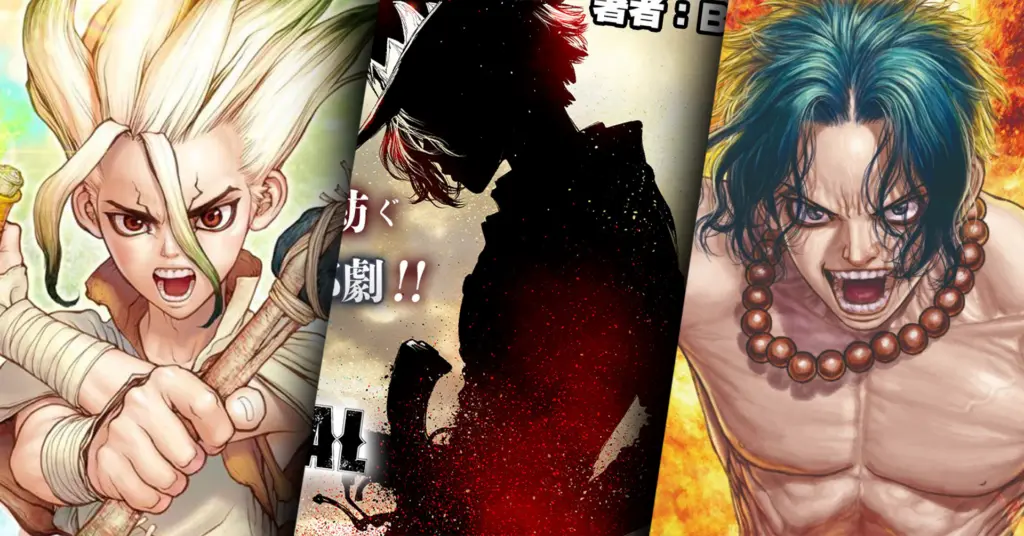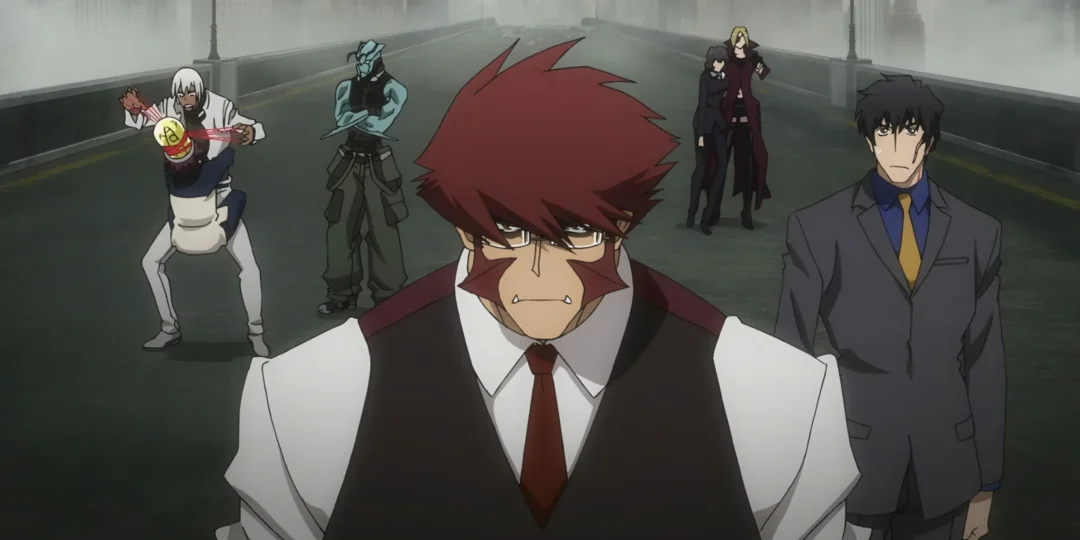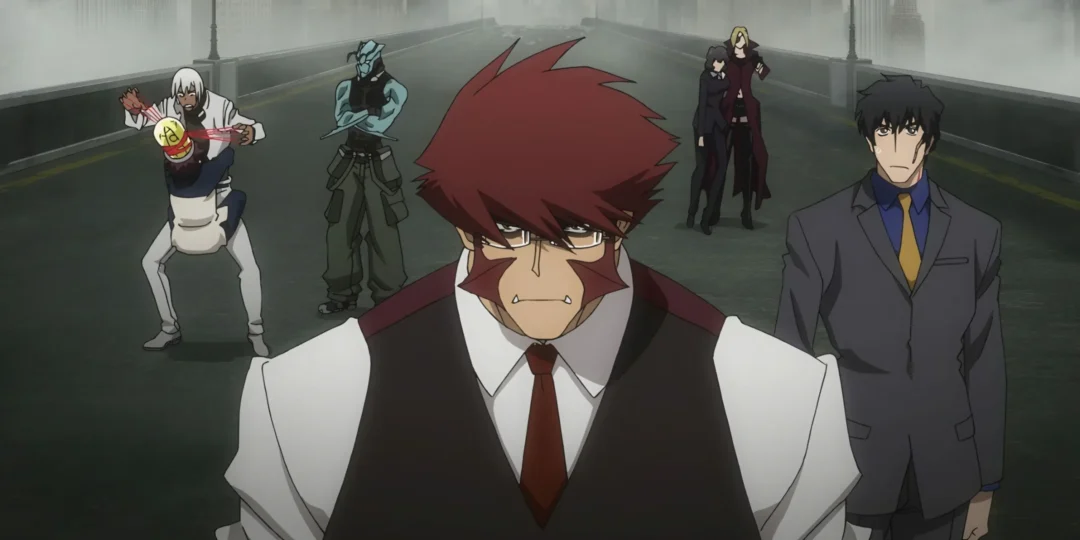A groundbreaking exhibition is set to open in San Francisco, marking the first large-scale exploration of Japanese manga as an art form in the United States. The “Art of Manga” exhibition will feature original drawings from some of Japan’s most influential manga artists, providing a rare glimpse into the creative process behind globally beloved series.
“Art of Manga” Exhibition: A First of its Kind
The Fine Arts Museums of San Francisco will host the “Art of Manga” exhibition at the de Young museum from September 27, 2025, to January 25, 2026. This landmark event will showcase over 700 original drawings by 11 renowned manga artists, many of which have never been displayed publicly. The exhibition aims to highlight the artistic power and cultural impact of manga, a visual medium that has captivated millions worldwide. According to Thomas P. Campbell, Director and CEO of the Fine Arts Museums of San Francisco, manga is “one of the most significant visual mediums of our time.” The exhibition is designed to trace the evolution of manga, from its roots in 18th and 19th-century Japanese woodblock prints to the influence of Western comics.
Featured Manga Artists
The “Art of Manga” exhibition will showcase works by the following influential artists:
- Fujio Akatsuka (Osomatsu-kun)
- Hirohiko Araki (JoJo’s Bizarre Adventure)
- Tetsuya Chiba (Ashita no Joe)
- Eiichiro Oda (One Piece)
- Gengoroh Tagame (The Judo Master)
- Rumiko Takahashi (Inuyasha, Ranma ½)
- Keiichi Tanaami (Portrait of Keiichi Tanaami)
- Jiro Taniguchi (The Walking Man)
- Kazumi Yamashita (The Life of Genius Professor Yanagizawa)
- Mari Yamazaki (Thermae Romae)
- Fumi Yoshinaga (Antique Bakery)
These artists represent a diverse range of styles and genres, showcasing the breadth and depth of manga as a medium. The exhibition will also explore manga‘s diverse artistic styles, production processes, and its role in social commentary.
The Global Phenomenon of Manga
Manga, which translates to “pictures run riot” in Japanese, has evolved into a global cultural phenomenon. These dynamic, image-driven narratives have captivated readers worldwide with their unique blend of art and storytelling. Manga’s influence extends beyond its country of origin, significantly impacting Western comic art, graphic novels, and even animation. The success of manga has not only introduced elements of Japanese culture to a global audience but has also become a substantial part of Western pop culture.
Manga’s Influence on Western Culture
The impact of manga on Western graphic novels is profound, introducing new approaches to storytelling, visual aesthetics, and genre diversity.
- Storytelling: Manga introduced serialized storytelling, allowing for deep character development and intricate plotlines, influencing Western creators to embrace longer-form narratives with complex emotional arcs.
- Visual Aesthetics: The distinctive manga art style, characterized by large, expressive eyes, detailed line work, and dynamic panel layouts, has been adopted by Western artists.
- Genre Expansion: Manga’s wide range of genres, including action, romance, horror, fantasy, and slice-of-life, has encouraged Western creators to diversify their storytelling approaches.
This cultural exchange has led to a dynamic dialogue between East and West, expanding the horizons of pop culture. Western artists have integrated Japanese techniques like speed lines and expressive character designs, while manga has embraced elements of Western storytelling.
The Historical Roots of Manga
The roots of manga can be traced back through Japanese art history. 12th century scroll paintings (emaki) which told stories in a right-to-left sequence, and 18th century ukiyo-e woodblock prints, which combined illustrations and text, are considered early influences. The term “manga” itself was first used in 1798. However, a major turning point came with the US Army’s occupation of Japan after 1945, introducing American comics and cartoons which were adapted and integrated into Japanese art.
Key Figures in Manga History
Several key figures have been instrumental in shaping the manga industry.
Osamu Tezuka: The Godfather of Manga
Often hailed as “the Godfather of Manga,” Osamu Tezuka (1928-1989) pioneered the modern manga style. His iconic series, such as Astro Boy, Kimba the White Lion, and Black Jack, established many common manga genres and visual conventions. Tezuka’s dynamic pacing and expressive style continue to inspire artists worldwide. His work has been translated into 58 languages.
Other Influential Manga Artists
Besides Tezuka, other influential artists include:
- Akira Toriyama: Creator of Dragon Ball and Dr. Slump, known for his action-packed and humorous style.
- Rumiko Takahashi: Known for creating popular series such as Inuyasha and Ranma ½.
- Eiichiro Oda: The creator of the widely successful One Piece.
These artists have pushed the boundaries of manga, contributing to its global popularity and influence.
Manga Genres and Their Appeal
Manga encompasses a variety of genres, each with unique themes and storytelling techniques, catering to diverse audiences.
Shonen and Shojo Manga
Shonen manga, generally targets young boys, and frequently highlights action, adventure, and camaraderie. Popular examples include Naruto and Dragon Ball. Shojo manga, aimed at young girls, focuses on romance and personal relationships, exemplified by series like Sailor Moon.
Seinen and Josei Manga
Seinen manga caters to an older male audience with more complex themes and narratives. Josei manga, targeted at adult women, explores the everyday lives and romantic intricacies of women. These genres add depth and sophistication to the medium, addressing the needs of a mature readership.
Other Notable Genres
Other notable manga genres include:
- Gekiga: Known for its realistic and dramatic storytelling.
- Boys’ Love (BL): Focuses on romantic relationships between two males.
- Adventure: Features stories of exploration and discovery.
- Sports: Centers around athletic competition and personal growth.
- Comedy: Emphasizes humor and lighthearted narratives.
Each genre utilizes art and narrative to create atmospheres and experiences unique to its audience, maintaining manga‘s widespread appeal.
Manga’s Place in the US
The popularity of manga in the United States has grown steadily since the late 20th century. American publishers began importing Japanese comics in the 1960s and 70s, though these early publications were not highly successful. However, the rise of anime on television, particularly through Cartoon Network’s Toonami block in the 1990s, paved the way for manga’s mainstream popularity.
Manga in the Publishing Industry
Today, manga represents a significant portion of graphic novel sales in the US. Publishers like VIZ Media have successfully localized and released popular manga series such as Inuyasha and Dragon Ball Z, emulating the monthly or weekly manga anthologies of Japan.
The Rise of OEL Manga
The increasing interest in manga has also led to the development of Original English Language manga (OEL manga) in the United States. These comics often retell or expand upon existing American entertainment properties, reflecting the cross-cultural influence of the medium.
A Cultural Bridge
Manga’s journey illustrates the power of storytelling to unite disparate cultures and foster mutual appreciation. Its continued evolution will likely shape and be shaped by global artistic trends for years to come. The “Art of Manga” exhibition in San Francisco represents a significant moment, highlighting the artistic merit and cultural significance of this influential medium. The exhibition promises to be an extraordinary opportunity for both longtime fans and newcomers to appreciate the art and impact of Japanese manga.

